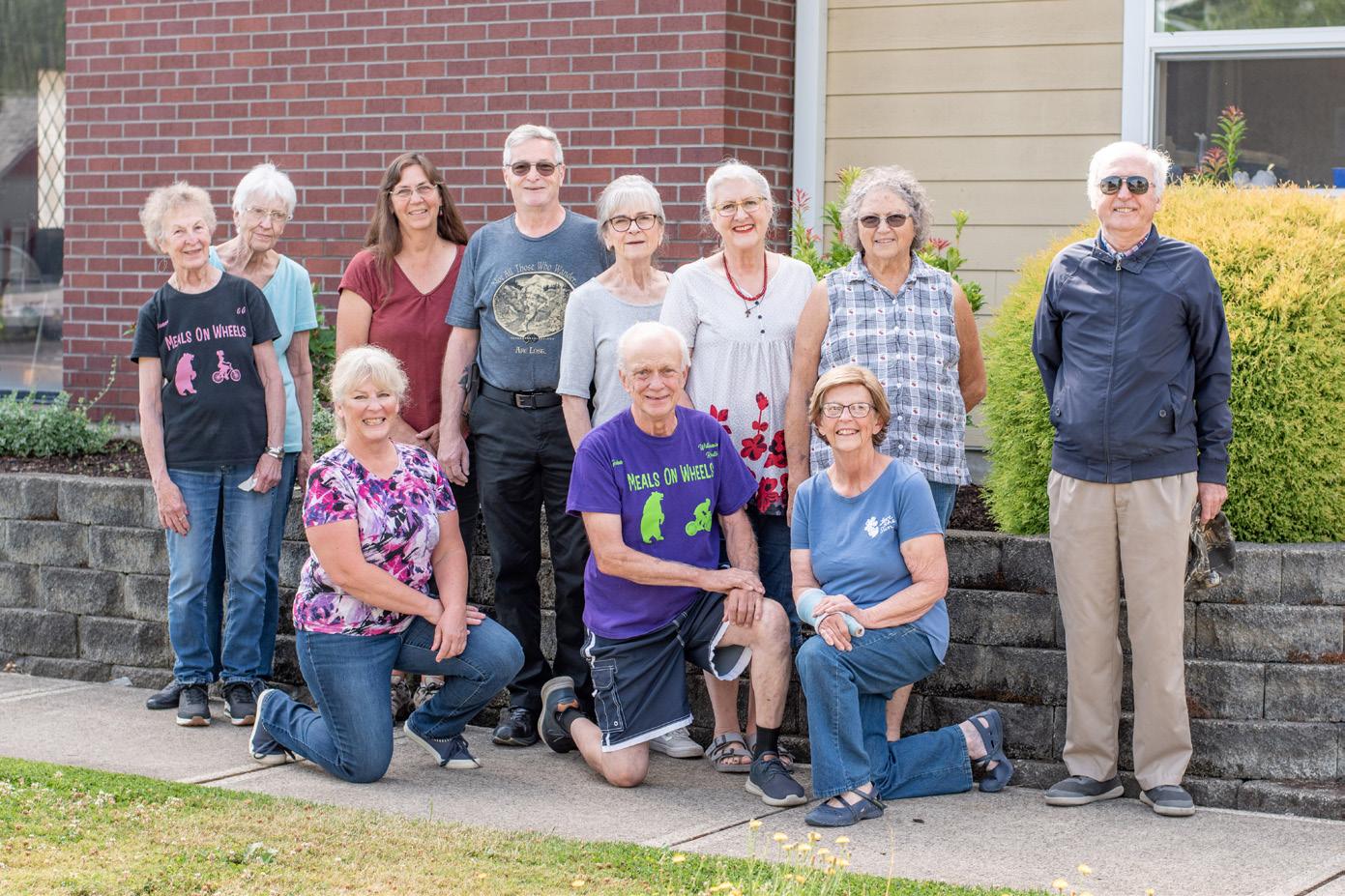
6 minute read
Senior Mealsite & Home Delivered Meals Program
In uncertain times, through heightened health concerns and supply chain issues, NWSDS has continued to serve older adults and people with disabilities throughout the five counties we serve.
A study published by Feeding America in 2019, found that roughly 5.2 million older Americans face food insecurity. This number is expected to have risen as the COVID-19 pandemic has impacted not only the ability to safely access food in places like grocery stores but also the cost and availability of healthy and nutritious foods.
Advertisement
The home-delivered meals have meant more than just nutritious food for those in need, though. “For a lot of people we serve, these meals mean someone is coming to visit with them,” according to the Sheridan Nutrition Site Coordinator, Carrie Brooks. “Often they do not see other individuals, no visitors. You know, they’re home alone. A lot of them engage in conversation because that’s their social contact; they do not get out. Some of them do not have vehicles to even get out and do their own shopping. It’s a lifesaver for a lot of them.”
NWSDS nutrition programs are heavily dependent upon volunteers, and each site builds a little community. The in-person mealsites began opening up near the end of 2022, and the need for volunteers to serve our older adults at mealsites is great.
From March 2020 through August 2022, NWSDS delivered over 153,000 meals to older adults in Yamhill County
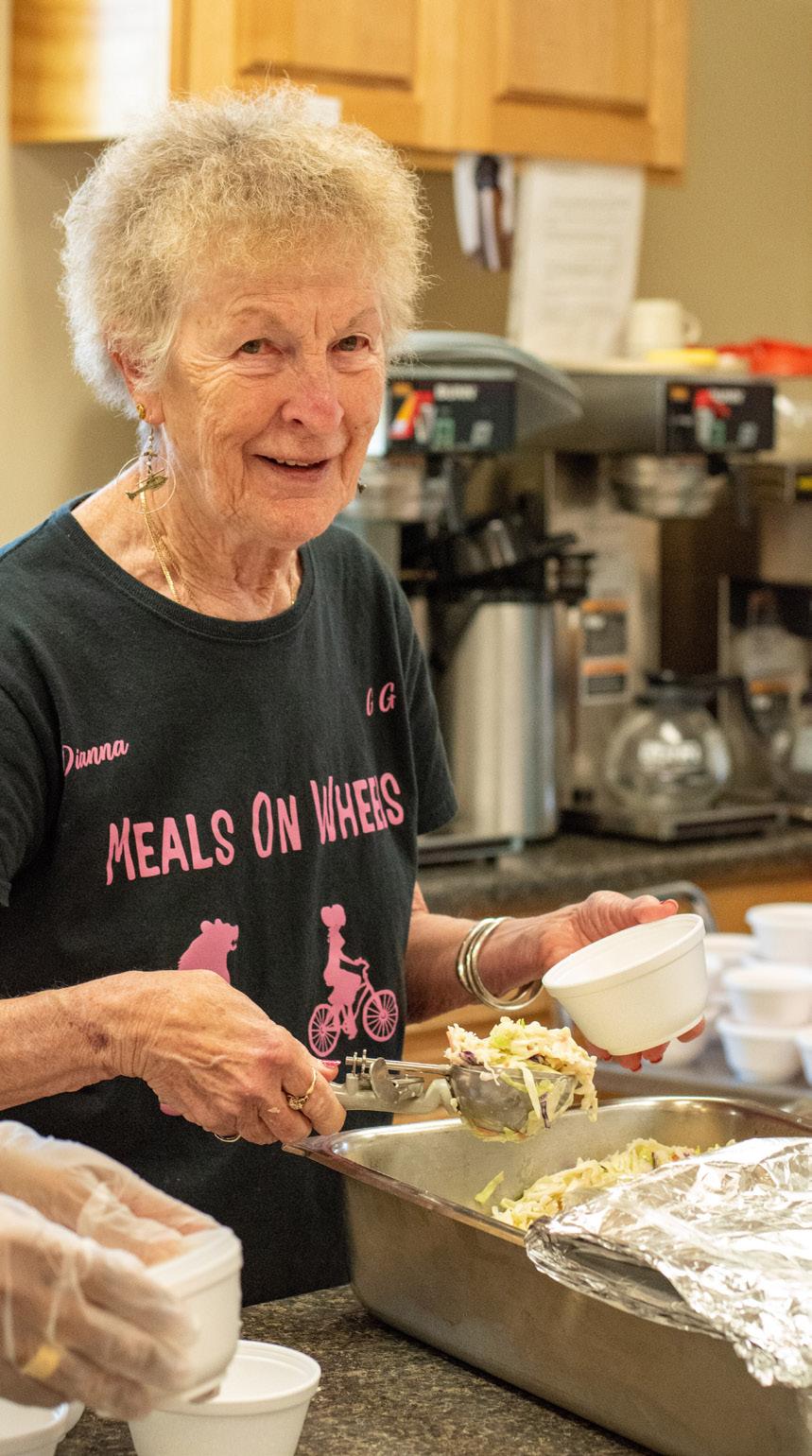
Age
73
Living Situation
Lives Alone
Diane OPI - SPL 17 CLATSOP COUNTY
Monthly Income
$1600
Type of Assistance
4.5 hours/week with home care worker
Monthly Service Cost
$446.22
Diane lives in a 3rd story apartment alone with her cat, Tio Mario Kitio. She is completely deaf and uses a phone with captions to communicate with others.
She likes to keep her mind active with reading. She also enjoys visiting with her friends or going to film documentaries. She stated she takes her cane or walker with her to these outings. Diane does not drive.
OPI has helped her tremendously. She gets anxious and overwhelmed with her doctor appointments and her caregiver has helped relieve much of her burden. Her caregiver does all of her grocery shopping, laundry and heavy cleaning. Diane lives in a 3rd story apartment and must use her cane or walker to ambulate and the laundry facility is on the basement floor.
Before going onto OPI, Diane fell several times struggling to get her grocery bags up to her 3rd story apartment. She began private paying someone $20 per hour to do her shopping for her which cut into her already very limited monthly income. Diane had no choice though. Diane suffered a minor traumatic brain injury (TBI) as a result of one of her falls.
Diane reported she would fall behind in housework and have trouble arranging her grocery shopping if there was no longer OPI funding. She would get depressed, feel overwhelmed (result of her TBI) and feel life was getting away from her. She stated she might need to move into an Assisted Living facility if she did not have OPI.
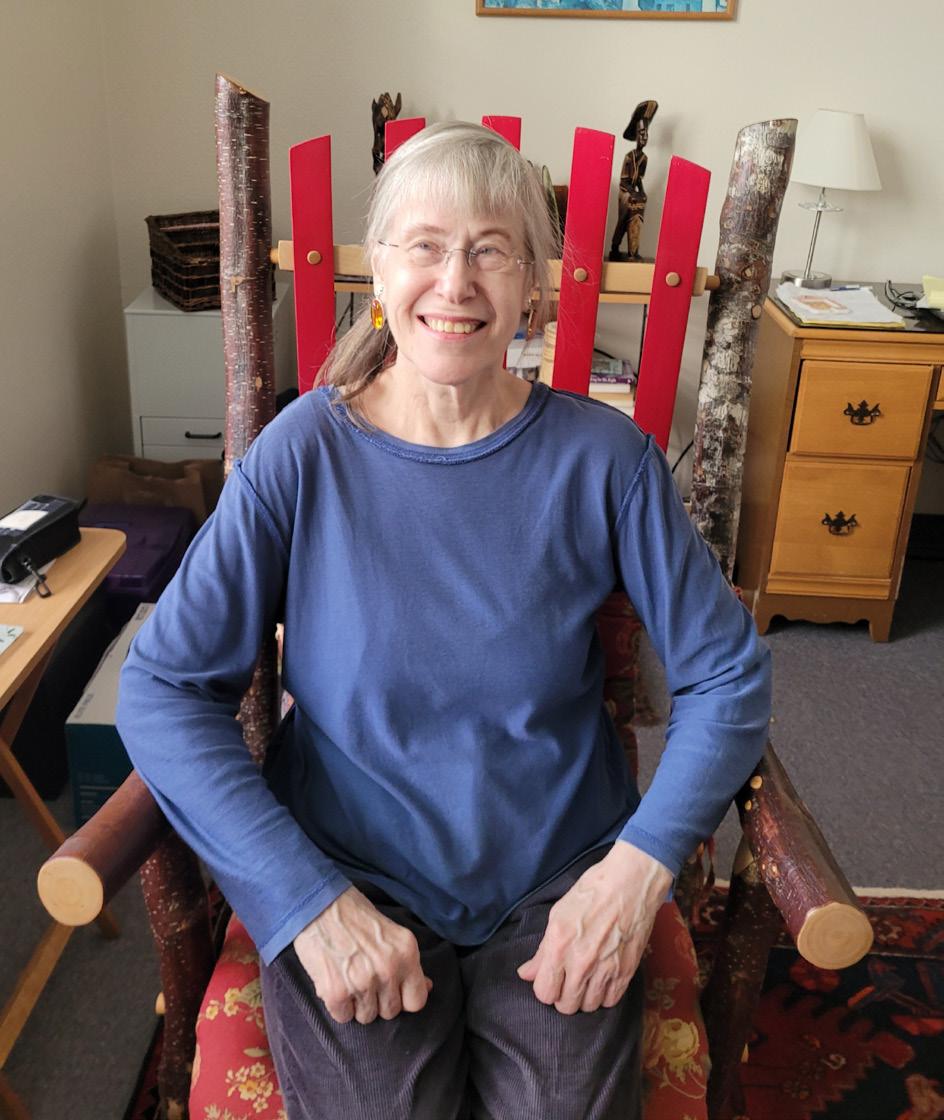
Age 65
Living Situation
Lives alone in own home
Monthly Income
$5,481
Type of Assistance
POLK COUNTY
146 hours per week of in-home Medicaid
Monthly Service Cost
$9,735.28
“Without this program I would hate to think what my life would be like. I would have no other way to stay out of a nursing home and in the community without these services.”
“I love to be an advocate for people with disabilities and help people live more independent and productive lives.
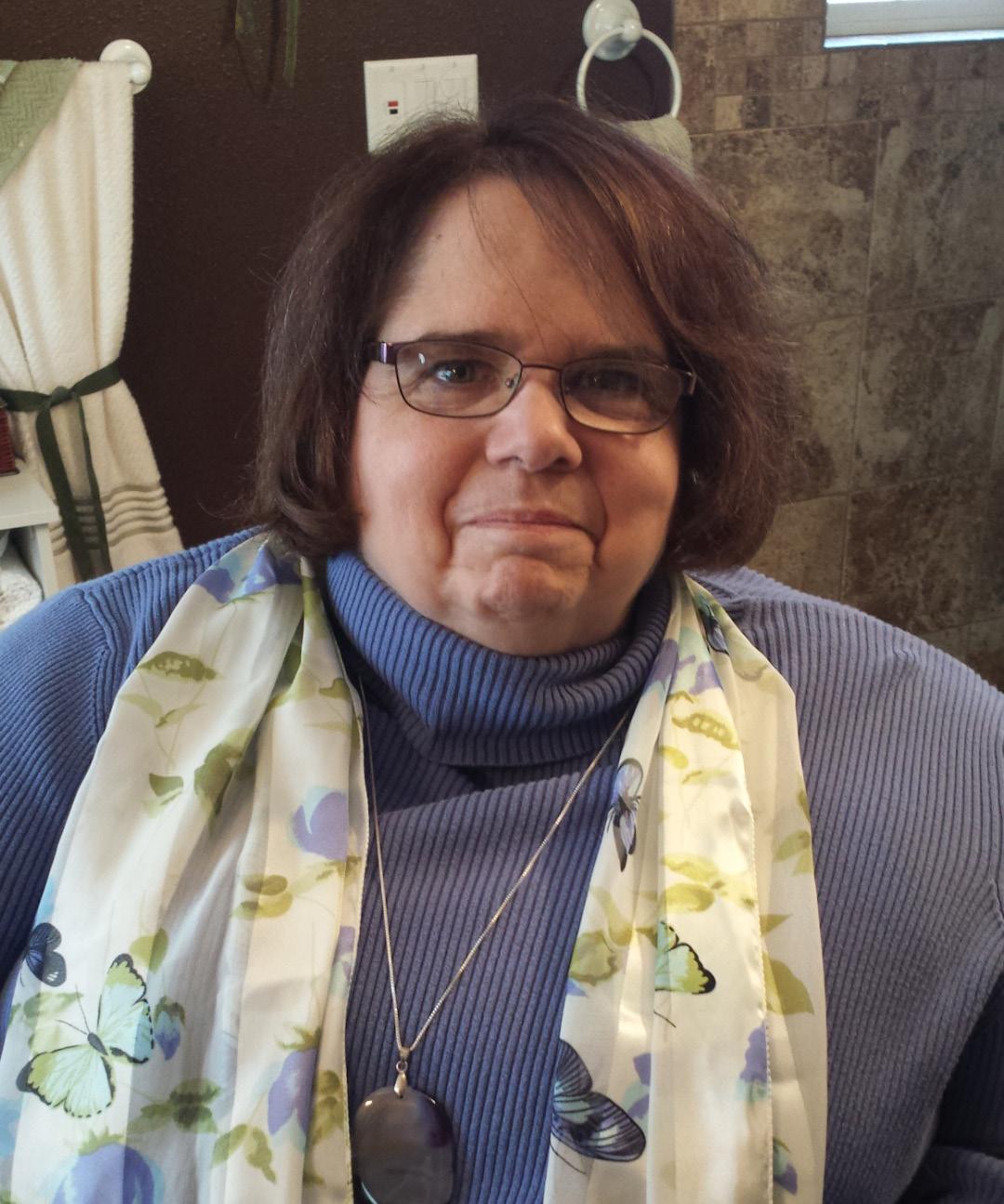
I served as the executive director of the State Independent Living Council (SILC) for eight years and as acting director of Oregon Vocational Rehabilitation.
I started receiving Medicaid in-home services around 2008, through the Employed People with Disabilities program. However, in 2016, I had to retire after I had septic shock. After this, I needed almost full-time care from in-home services, especially after my husband passed away. The ability to live with this program enables me to have enough energy and be independent in everything I still do.”
‘I am always getting people to understand that the in-home program services are the difference between life and death.’
Although Tina’s care needs are extremely challenging, the program keeps extremely disabled people like Tina in their homes and out of nursing homes. It provides a better quality of life while avoiding the nursing home care, which is the most expensive of all care options.
Konstantine Medicaid - SPL 03
Age 32
Living Situation
Lives with family
Monthly Income
1,083.00 SSD
Type of Assistance
MARION COUNTY
Approx. 158 hours per week of in-home Medicaid
Monthly Service Cost
$5,633.09
At the age of 19, Konstantine was in a life-altering car accident when the car he was in hit a patch of black ice while visiting family in Canada. After months of care in Canada, Oregon, and Colorado, he was able to move into his family home that had been adapted for his care as a quadriplegic.
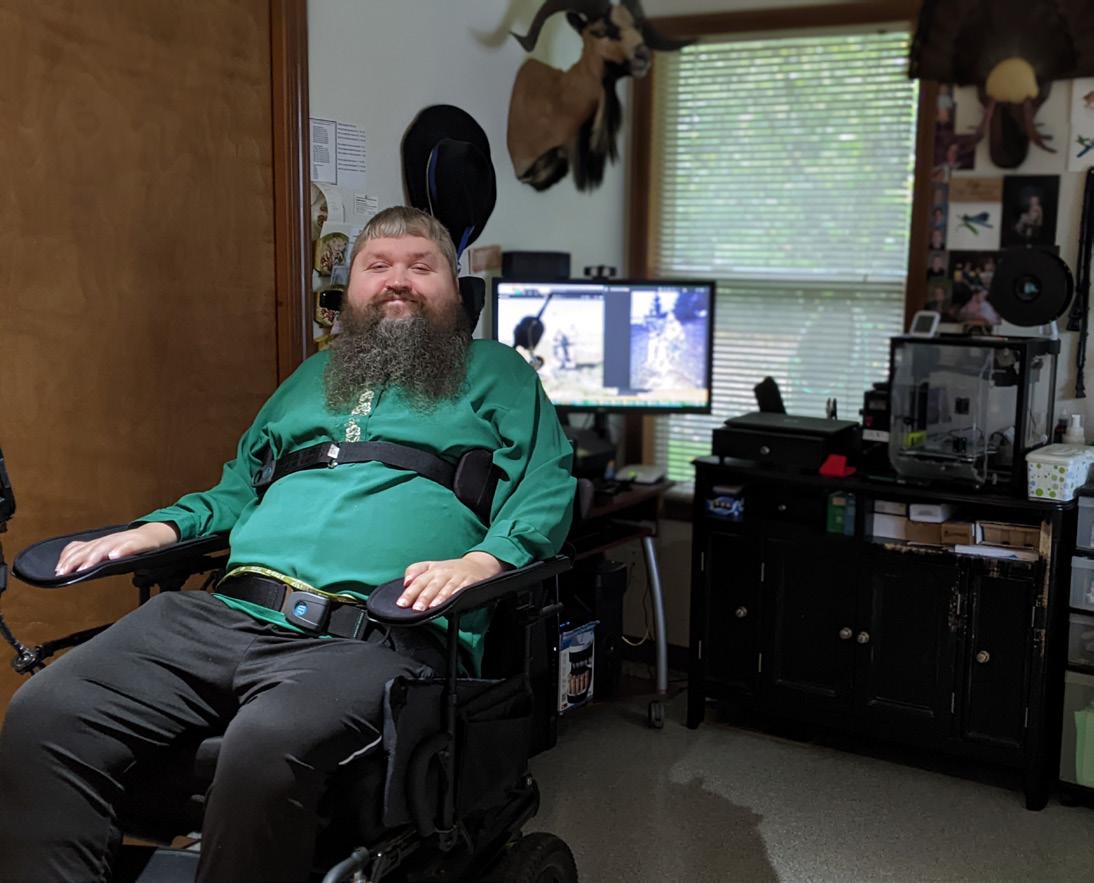
Now, Konstantine requires 24/7 care to ensure his needs are met. The current home care worker crisis is putting undue stress and pressure on his family to provide care. There aren’t enough workers available to cover all of his care needs.
A few years ago, his hours/week of in-home care was cut back, and he spent the year in and out of the hospital and doctor with a myriad of issues that could have been prevented with adequate care. His case manager saw the impact and worked with his family to increase his hours back to what they were. With the increase of hours, the hospital and doctor visits decreased, and his quality of life improved dramatically.
This further shows the importance of our home care workers in providing quality of life for our consumers not only need but deserve.
Despite the challenges thrown his way, Konstantine maintains an impressive positive outlook and continues his passion for hunting, computers, and living life to the fullest thanks to his family and caregivers.

Age
87 Years Old Living Situation
Lives with spouse
Monthly Income
$849 via Social Security
Type of Assistance
4.5 hours/week of with home care worker
Monthly Service Cost
$407.35 of which she pays 5%
Johna lives with her husband Jerry. Both of them have been active members of Tillamook County for over 22 years. Johna suffers from arthritis, muscle atrophy and has limited range of motion and chronic pain. She relies on her home care workers to remain independent so that she can continue to live in her house.
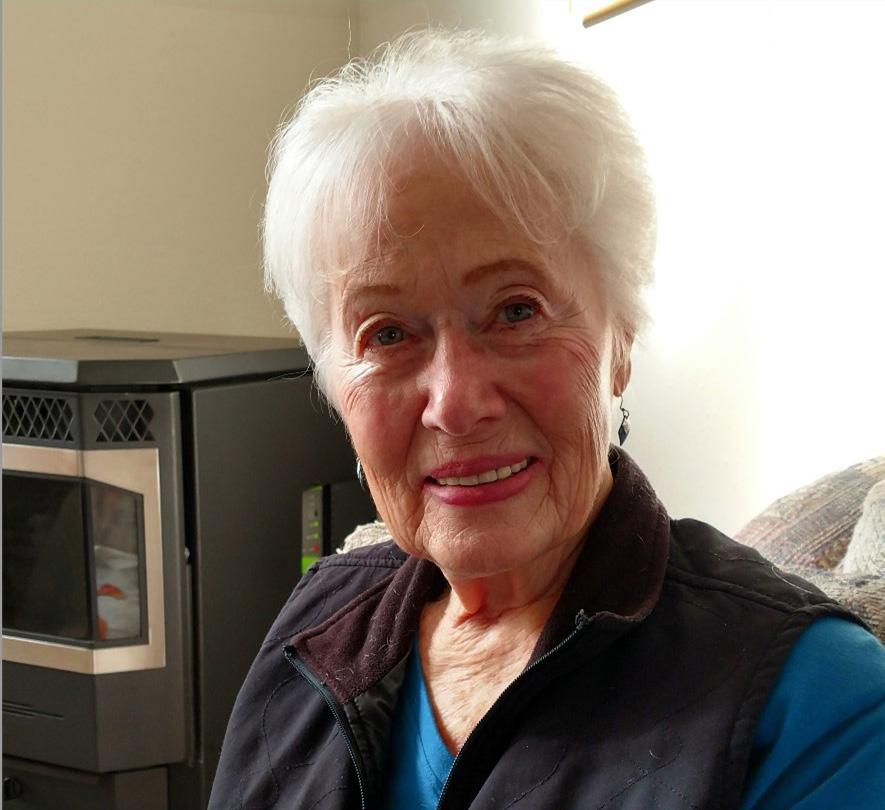
Jerry says “Johna and I have had the privilege of using the services of the Oregon Project Independence for the past eight years. Johna has a deteriorating muscle problem caused from taking the Statin drugs for Cholesterol. She has lost use of her muscle and hurts all the time in her arms and legs. She can no longer do most household chores. The OPI program has been a Godsend for us. We would be lost without this program and with my worsening arthritis would be forced to sell our home. We know that monies are short but would beg you to please support this program. Thank you for all you do. Jerry and Johna.”
In October of 2020, Johna experienced a fall affecting her balance and taking away more of her range of motion. Johna stated “it would be awful if I were to lose my home care worker if the OPI program was to go away.”
Here are some acronyms and terms that may either be mentioned in this document or pertain to the work that we do.
Aging and Resource Development Center (ADRC): A statewide resource for those looking for information about services to address aging or disability needs. ADRC provides information about local public and privately paid options and has trained professional staff who can help consumers with immediate needs or future plans.
Area Agency on Aging (AAA): An Area Agency on Aging is a public or non-profit agency, designated by the state, to address the needs and concerns of adults, age 60 and older, at the local level. Area Agency on Aging is a generic term. Specific names of local Area Agencies on Aging may vary. NorthWest Senior & Disability Services is the name of the Area Agency on Aging serving Clatsop, Marion, Polk, Tillamook and Yamhill counties.
Type A: Provides services under the Older Americans Act and Oregon Project Independence. Type A AAAs serve only older adults, and look a lot like most AAAs throughout the United States.
Type B: Provides the same services as the Type A, but also conduct eligibility determination for Medicaid and SNAP (Food Stamps) benefits, and serve both seniors and adults with physical disabilities.
B1: Administer the Older Americans Act, Oregon Project Independence, Medicaid and Food Stamps. Type B1 AAAs serve only older adults, but there are currently no B1 AAAs in Oregon.
B2: Administer the Older Americans Act, Oregon Project Independence, Medicaid and Food Stamps to both older adults and adults with physical disabilities.
Community-Based Care (CBC): Community-based care is the foundation of Oregon’s longterm care system. The state has developed a system so that individuals can remain independent in their own homes for as long as possible or move into lower cost alternatives to nursing homes. Oregon’s system helps older adults and adults with physical disabilities locate and receive the services they need in the least restrictive setting.
Food Insecurity: The limited or uncertain availability of nutritionally adequate and safe foods, or limited or uncertain ability to acquire acceptable foods in socially acceptable ways.
Home Care Worker (HCW): Helps with light cleaning, shopping, laundry and making meals for older adults and adults with physical disabilities who need this help so they can remain safely in their own homes.
Personal Support Worker (PSW): Supports children and adults experiencing intellectual or developmental disabilities, or adults experiencing a mental illness, in their own homes and communities.






